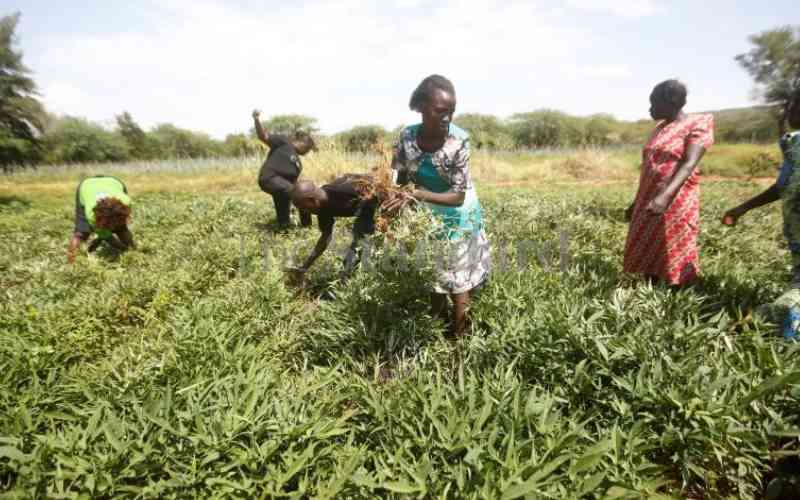×
The Standard e-Paper
Smart Minds Choose Us

For a long time, Kenya's agricultural sector has been directly influencing overall economic performance through its contribution to the gross domestic product (GDP).
Periods of high economic growth rates have been synonymous with increased agricultural growth.